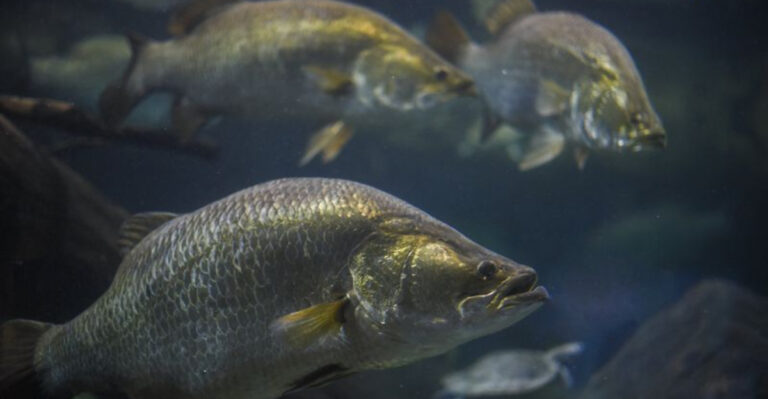12 Animals That Live Without A Brain
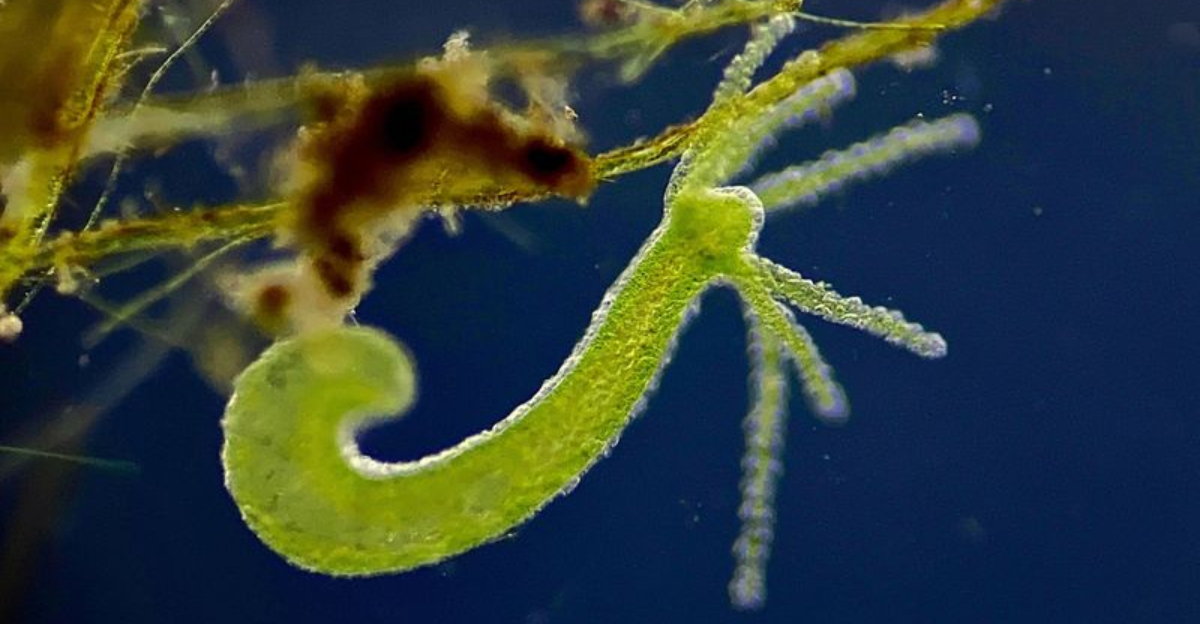
When we think about animals, we usually imagine creatures with brains making decisions. However, nature is full of surprises!
Many organisms survive perfectly well without having a brain at all. These simple creatures have thrived for millions of years using basic nervous systems or other mechanisms to respond to their environment.
1. Jellyfish
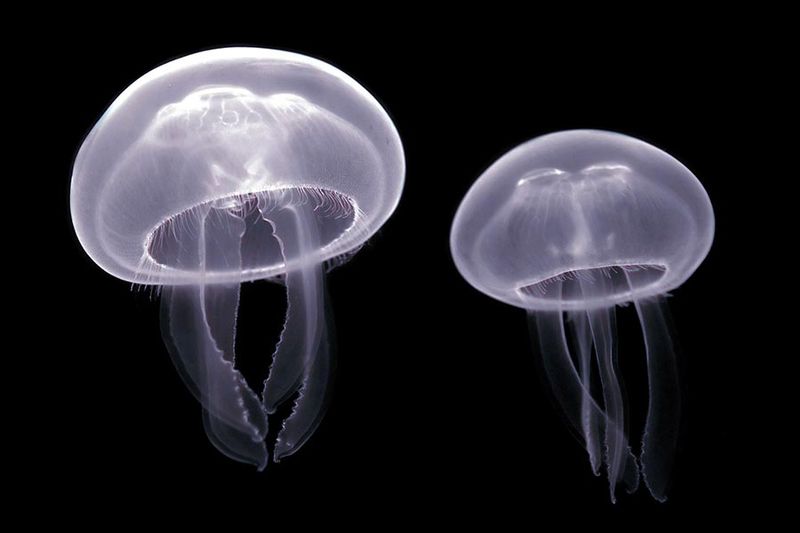
Jellyfish have survived for over 650 million years without a brain. Instead, they use a nerve net, a simple arrangement of neural cells, to detect and respond to changes in their surroundings.
Their body is 95% water, allowing them to float effortlessly through ocean currents. Despite lacking central control, they can hunt prey using stinging cells called nematocysts that fire automatically when touched.
2. Sea Sponges
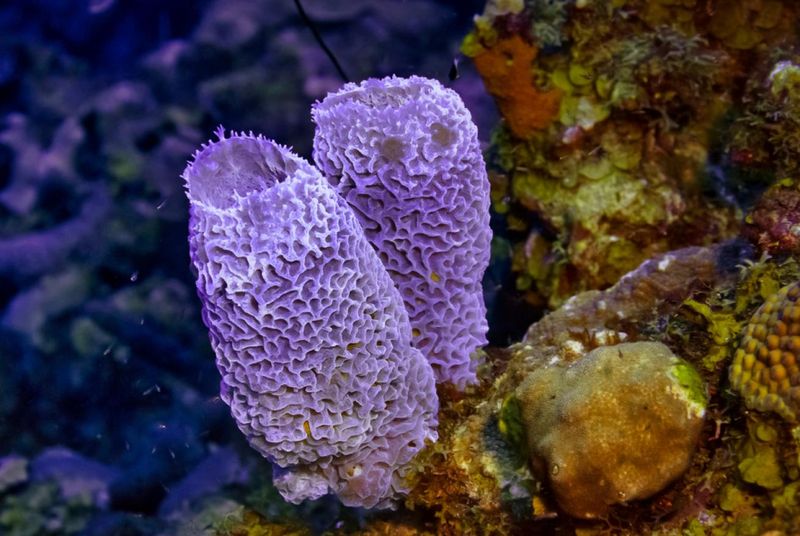
Sea sponges rank among Earth’s oldest animal species, thriving for over 600 million years without brains, nerves, or organs. These stationary creatures attach to ocean floors and filter nutrients from water passing through their porous bodies.
Each sponge contains specialized cells that perform specific functions independently. Water circulates through their bodies thanks to tiny whip-like structures called flagella that create currents.
3. Starfish
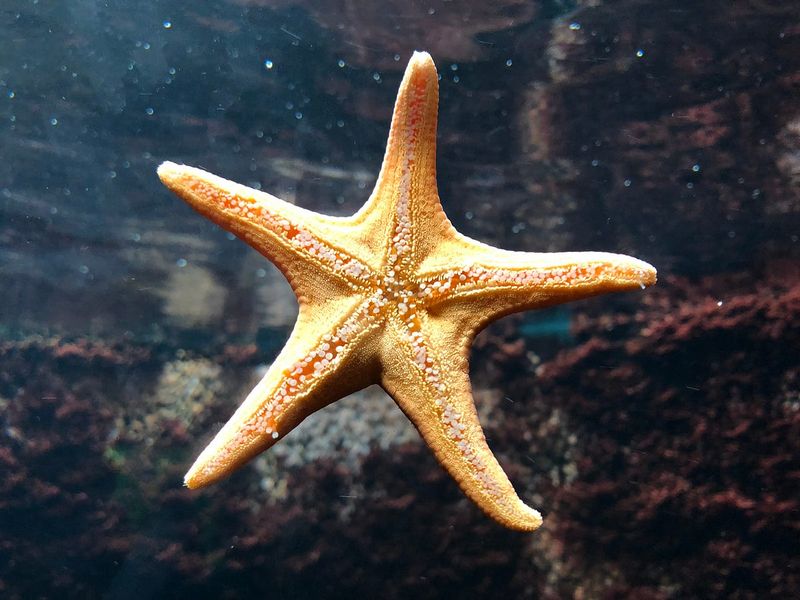
Starfish navigate their underwater world without a central brain. They rely on a nerve ring and a simple nervous system that extends into each arm, allowing them to move, find food, and escape danger.
Most impressively, starfish can regenerate lost arms and even grow into two separate individuals if cut in half! Their tube feet use water pressure to create suction, helping them cling to rocks and open clam shells.
4. Corals
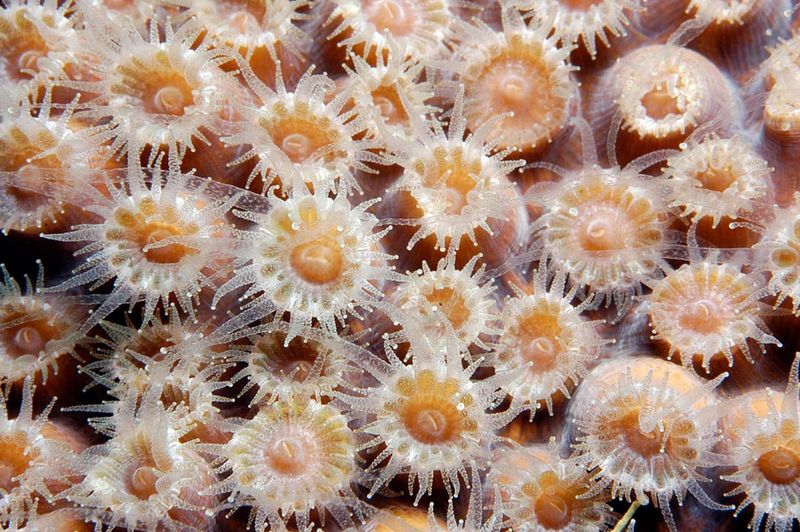
Corals might look like colorful rocks, but they’re actually colonies of tiny animals called polyps. Each polyp lacks a brain yet can respond to touch, light, and water chemistry through a simple nerve net.
Working together, these brainless creatures build massive reef structures that provide habitat for thousands of species. Corals form symbiotic relationships with algae that live inside them, providing food through photosynthesis.
5. Sea Cucumbers
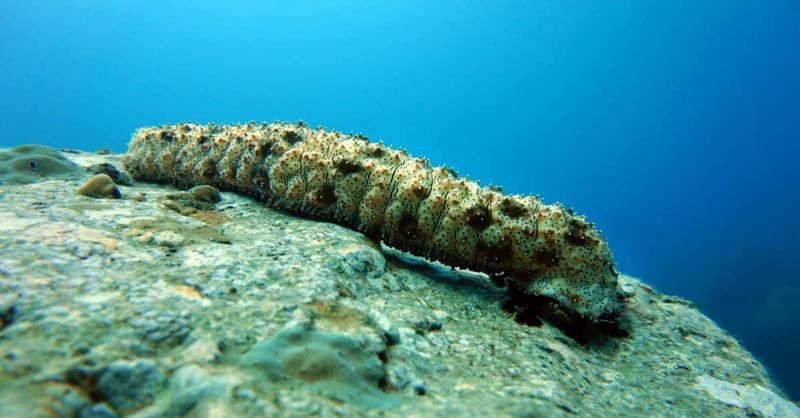
Sea cucumbers patrol the ocean floor without any brain to guide them. These unusual echinoderms use a ring of neural tissue and five nerve cords to coordinate their movement and responses.
When threatened, some species can perform an astonishing defense – they eject their internal organs through their rear end to distract predators! The organs regenerate within a few weeks. Their bodies act like natural vacuum cleaners, processing sediment for food.
6. Flatworms
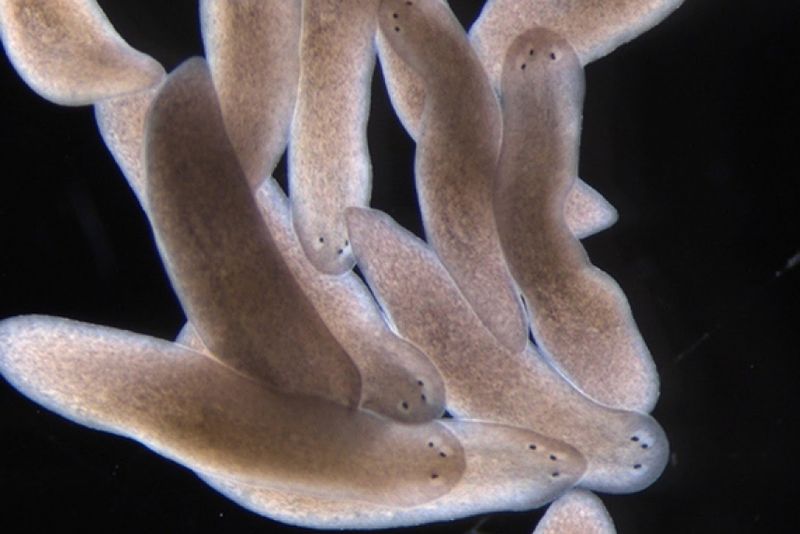
Flatworms navigate life without a true brain, using clusters of nerve cells called ganglia to coordinate their activities. Some species can regenerate their entire body from just a tiny fragment – even growing a new head!
These simple creatures detect light through eyespots and find food using chemoreceptors. Planarian flatworms have become scientific superstars because their remarkable regenerative abilities might help us understand tissue regeneration in humans.
7. Sea Anemones
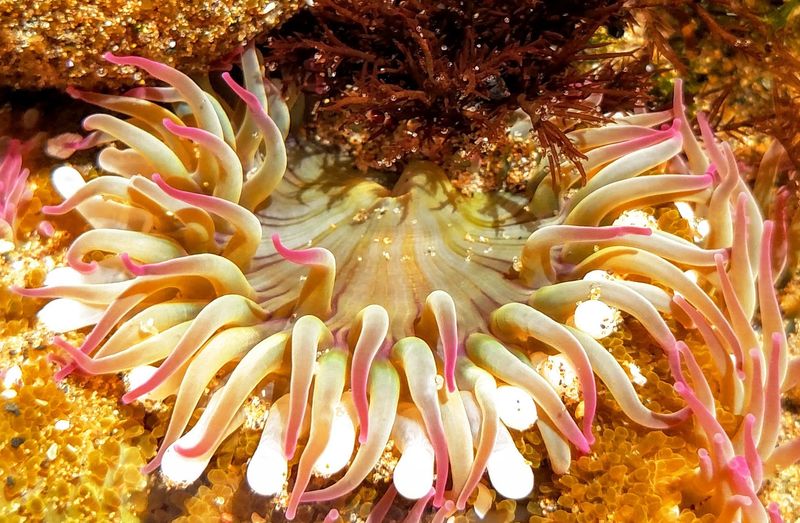
Sea anemones capture prey with their tentacles despite having no brain to coordinate hunting strategies. These relatives of jellyfish use a simple nerve net to detect touch, chemicals, and light changes in their environment.
Their tentacles contain stinging cells that fire automatically when brushed against. Many form partnerships with clownfish, which gain protection while helping keep the anemone clean. Some species can live for over 100 years without a single thought!
8. Hydra
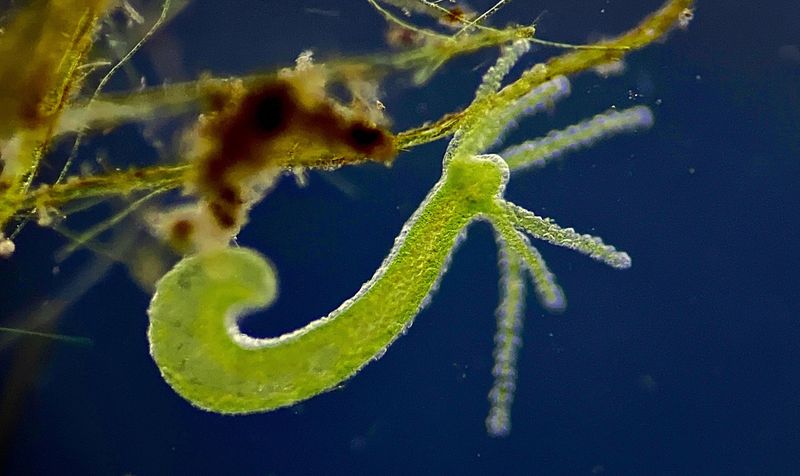
Hydras are tiny freshwater relatives of jellyfish that lack a brain yet display surprising behaviors. Their simple nerve net allows them to respond to light, capture prey, and even somersault through water when moving quickly.
Scientists consider them biologically immortal because they show no signs of aging! A hydra can regenerate its entire body from a small piece, and they reproduce by budding – growing miniature clones that detach from the parent.
9. Clams
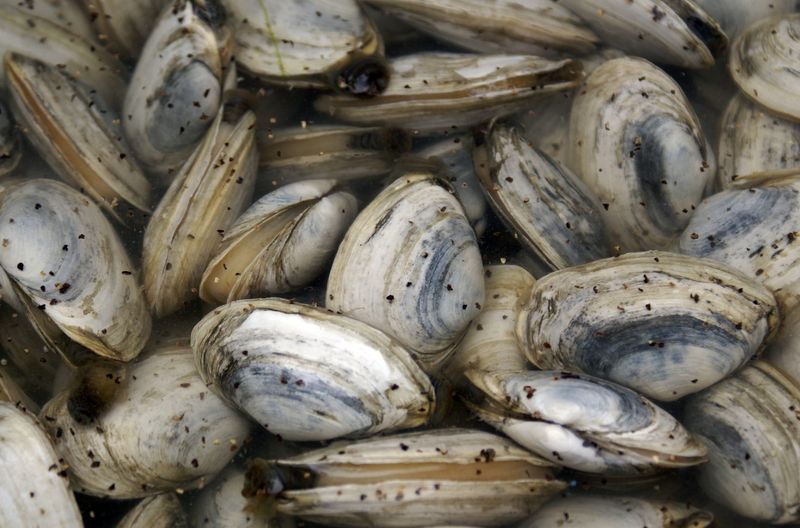
Clams survive without a brain by using three pairs of nerve ganglia to control their basic functions. These simple control centers help them open and close their shells, filter feed, and respond to danger.
Their specialized gills extract oxygen from water while simultaneously trapping food particles. Some clam species can live over 500 years! When threatened, they use a muscular foot to dig quickly into sand or mud for protection.
10. Echinoderms
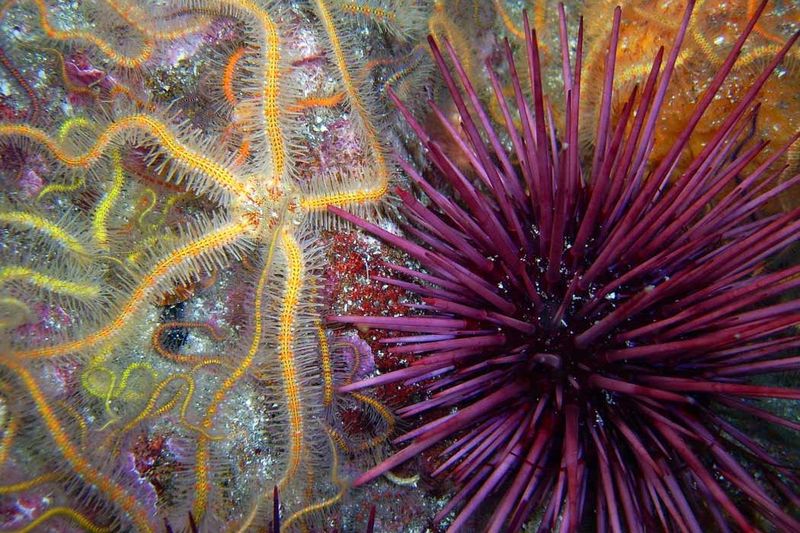
Sea urchins and sand dollars belong to the echinoderm family, living without brains yet displaying complex behaviors. They use a ring of nerves around their mouth and radiating nerve cords to coordinate movement and feeding.
Their bodies feature five-part symmetry, unlike most animals. Sea urchins use hundreds of tiny tube feet working in coordination to move and hundreds of movable spines for protection. Their unique water-based vascular system powers all movement.
11. Comb Jellies
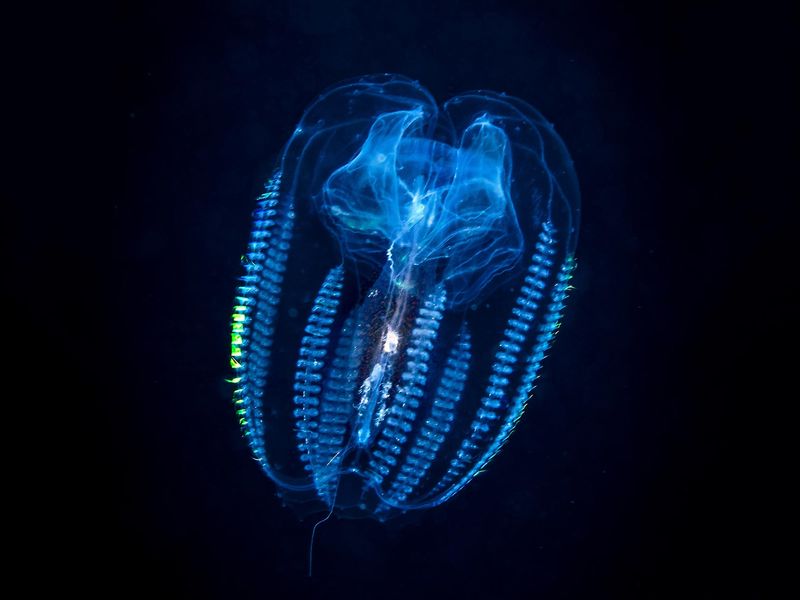
Comb jellies look like jellyfish but represent an entirely different animal group. Without a brain, they navigate using the ocean’s oldest nervous system – a diffuse net of nerves that coordinates their swimming and feeding.
Their most magical feature is the rows of cilia that refract light, creating rainbow patterns as they swim. Unlike jellyfish, comb jellies don’t sting. Instead, they catch prey using sticky cells or specialized tentacles.
12. Placozoans
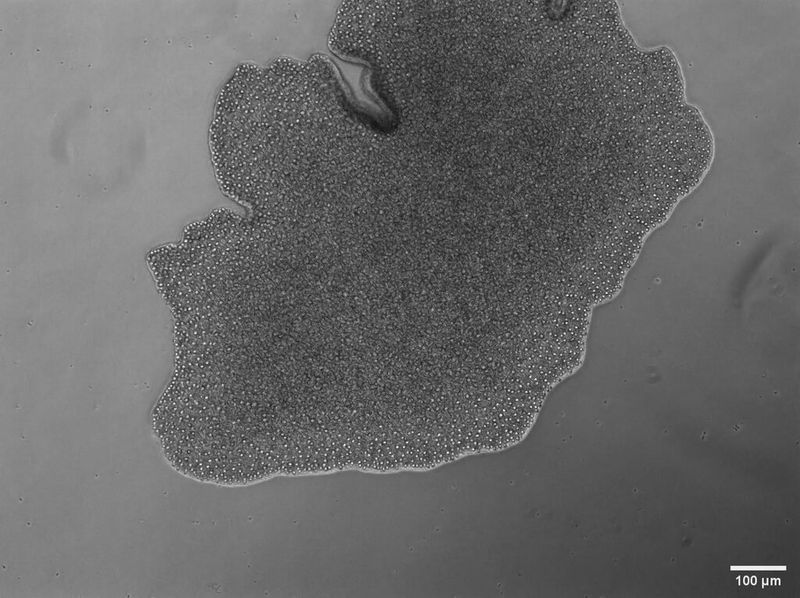
Placozoans might be the simplest animals on Earth, consisting of only a few thousand cells with no brain, organs, or distinct body parts. These microscopic creatures resemble moving amoebas, changing shape constantly as they glide across surfaces.
Scientists discovered them in 1883 in a saltwater aquarium. Despite their simplicity, placozoans can detect food, move toward it, and secrete enzymes to digest it externally. Their entire body is just three cell layers thick!






